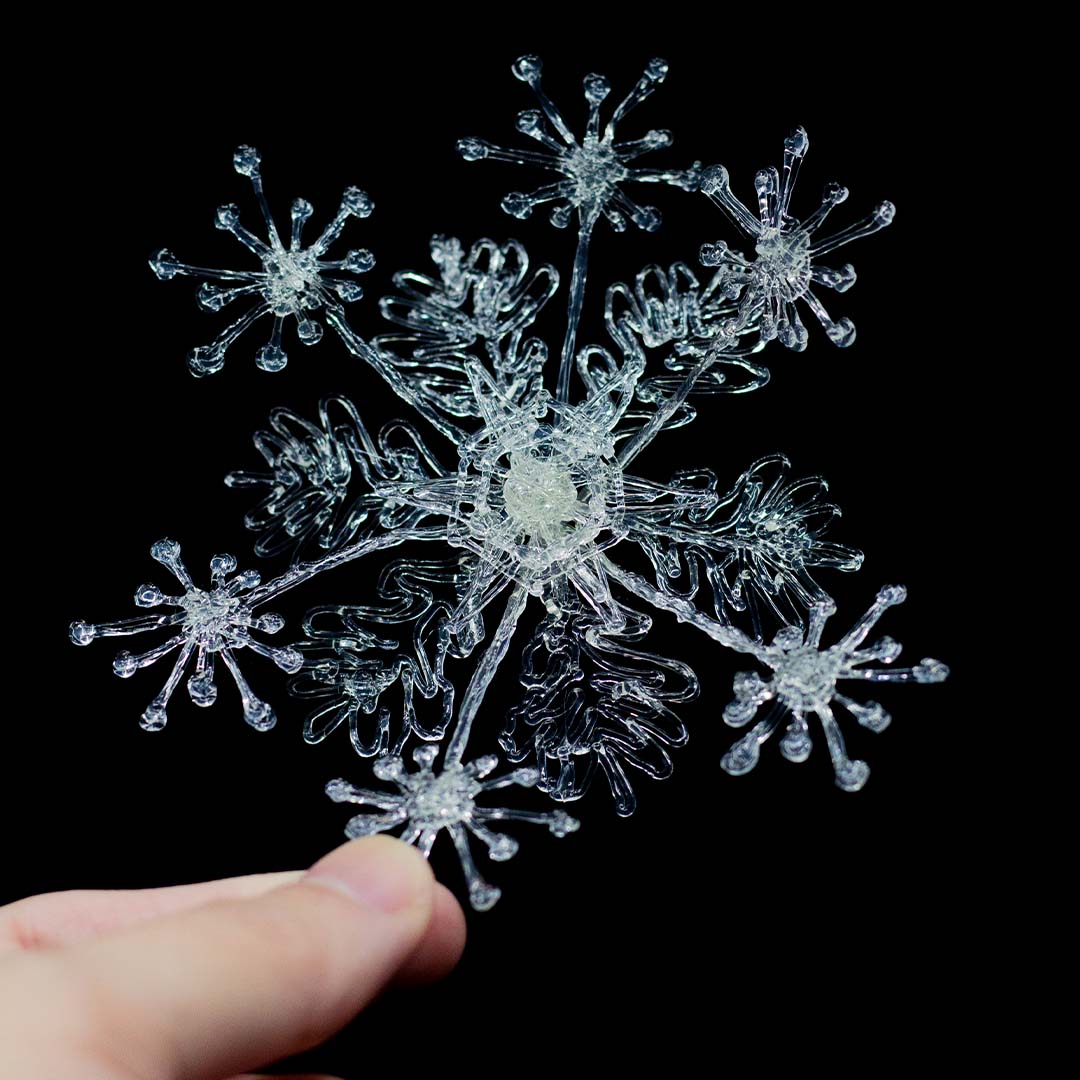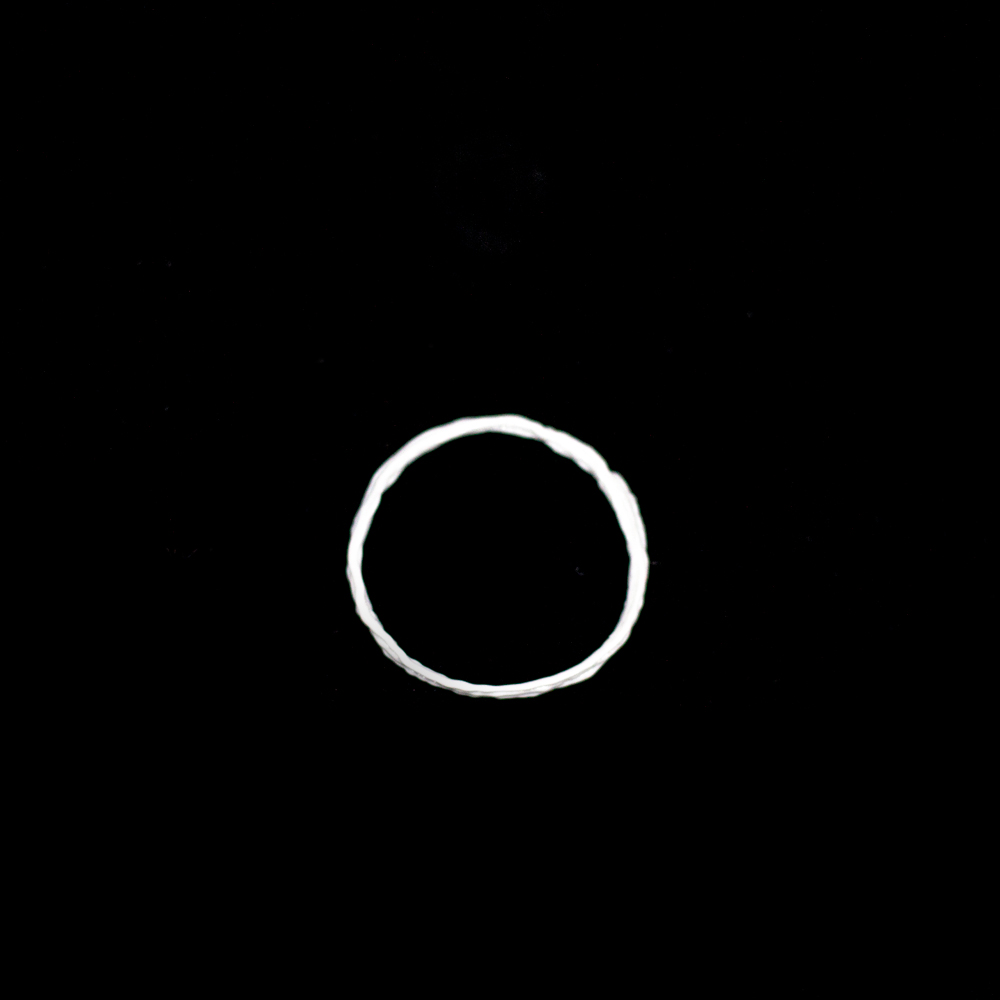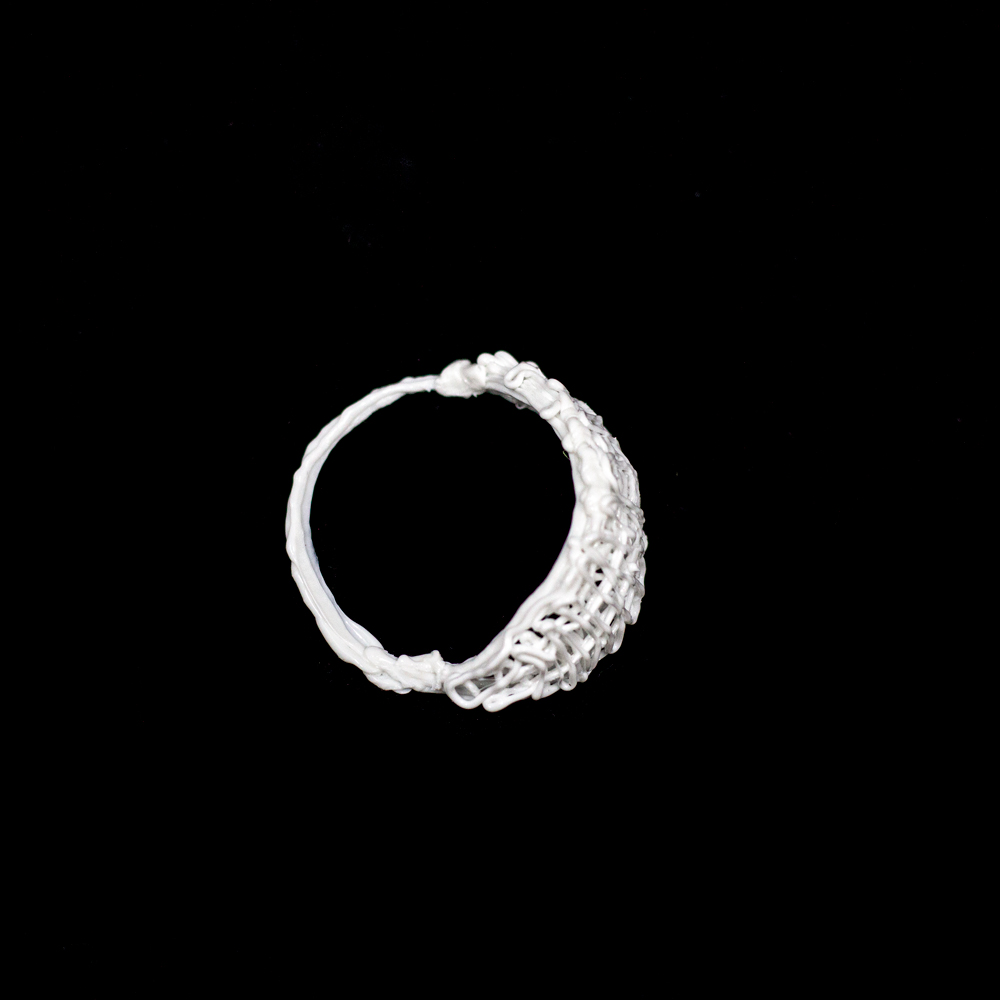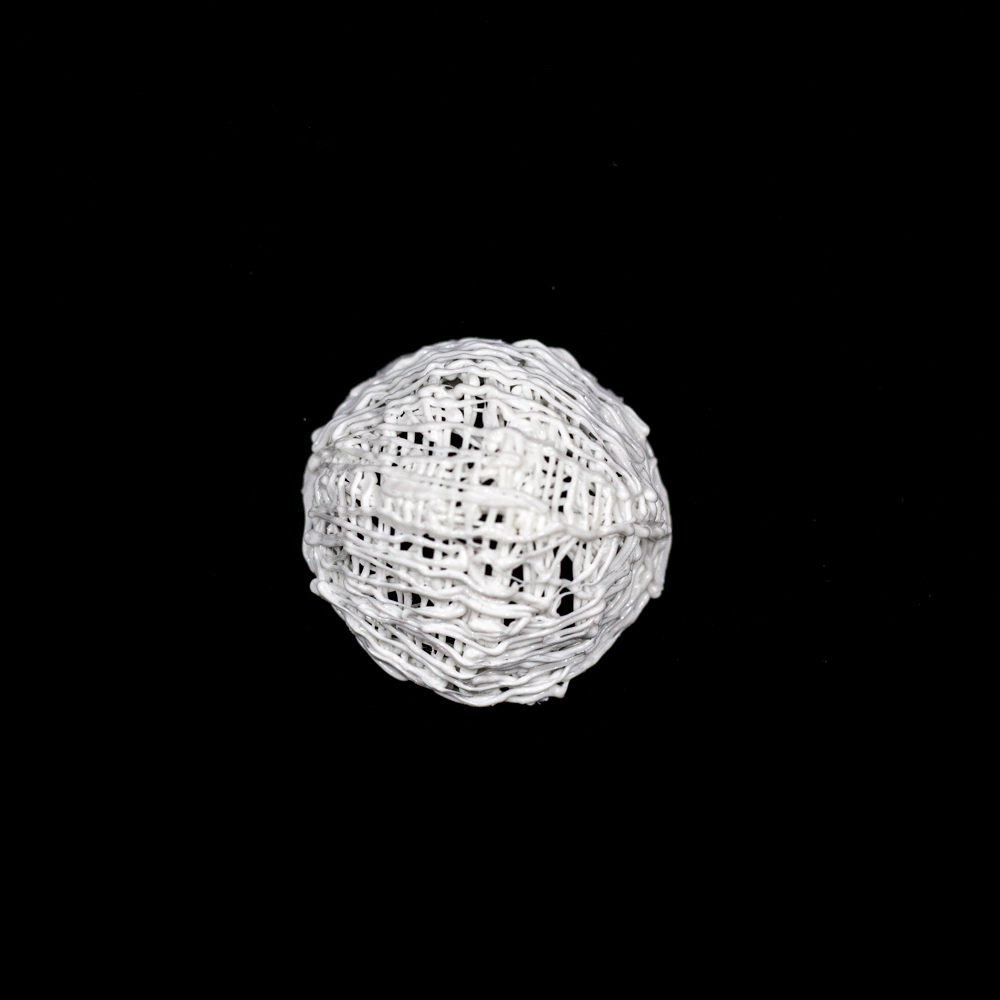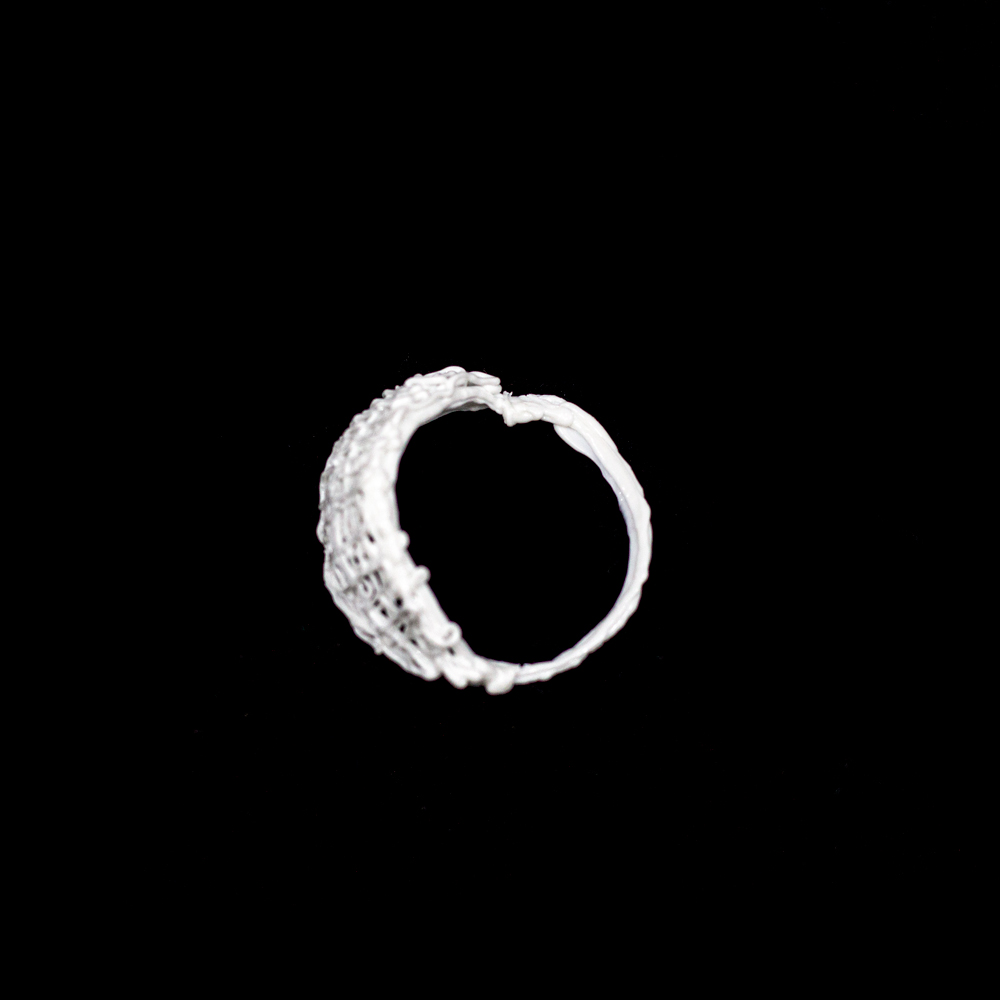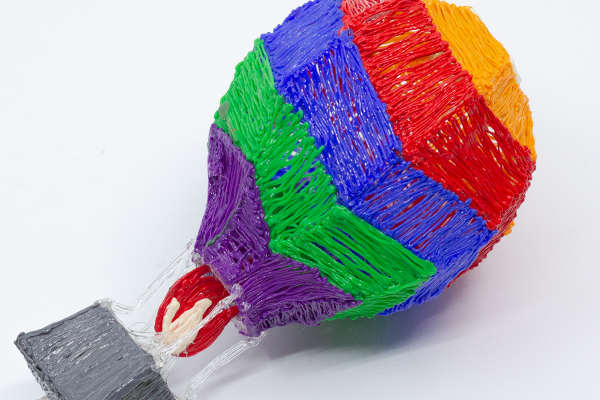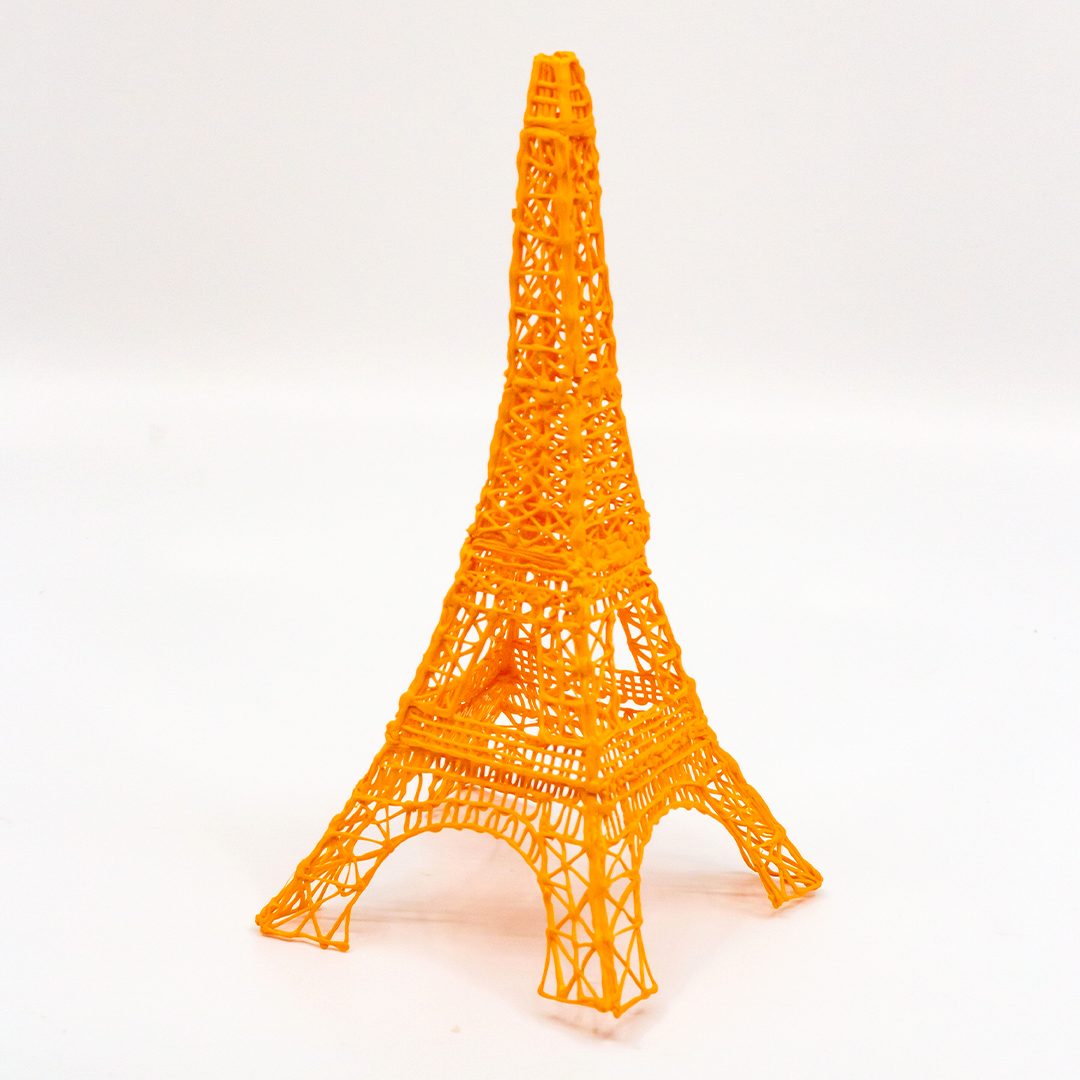Those magical words “snow day” can have different meanings to different people, depending on your age.
For kids, it can mean no school (or maybe a switch from in-classroom to remote learning). For parents, it can mean extra travel time into the office, or even a scramble to figure out childcare for the little ones. Either way, regardless of your age, it’s a chance to slow down for the day, brew a hot cup of tea or cocoa, and bust out your 3Doodler 3D pen. We’ve pulled together four snow-themed projects for you to pick from.
Snowflake Window Decorations
Check out our collection of super cool snowflake stencils. Download and print these templates out, and then Doodle them in a variety of snow flurry colors – white, light blue, clear, or go bold and add in some color! There’s no wrong way to do it. Once you have everything Doodled, you can string them up and hang them from the curtain rod of your favorite window.
For adults doing this project with your kids/students, here are some fun facts about snowflakes that you can weave into this fun hands-on STEM project. It’s never a bad idea to have some fast facts on hand in case you get peppered with questions from curious minds.
Snowflake Fun Facts
When temperatures are at or below 32°F (0°C), and there’s moisture in the atmosphere, tiny little water droplets will collide with dust to form ice crystals. When enough ice crystals form, they’ll stick together to create a snowflake. This video does a great job of visualizing snow being formed.
Do you know how many sides a snowflake has? All snowflakes have six sides because the molecules that make them up are hexagon-shaped.
Are snowflakes white or blue? Try neither! Snowflakes are actually translucent.
Snowflakes that descend through moist air that is slightly warmer than 32°F (0°C) will melt around the edges and stick together to produce big flakes. Snowflakes that fall through cold, dry air produce powdery snow that does not stick together.
The heaviest snowfall ever recorded in a 24-hour period in the U.S. occurred on April 14 and 15, 1921 in Silver Lake, Colorado. During this single day, 6.3 feet of snow fell. What’s the heaviest snowfall you’ve witnessed?
Take the Olaf Challenge
Here’s another snow-related project for you to try at home or in your classroom. In this step-by-step project, we’re going to use our 3Doodler 3D printing pen to Doodle a snowman! Just like Olaf, from Frozen. This fun tutorial will walk you through creating your own little snowman from the warmth of your cozy living room.
For any teachers out there interested in going a little deeper, check out these wintery STEM-focused lesson plans – Platonic Solids Snowman Math Challenge, Doodle Snowflakes: Geometry and Symmetry

